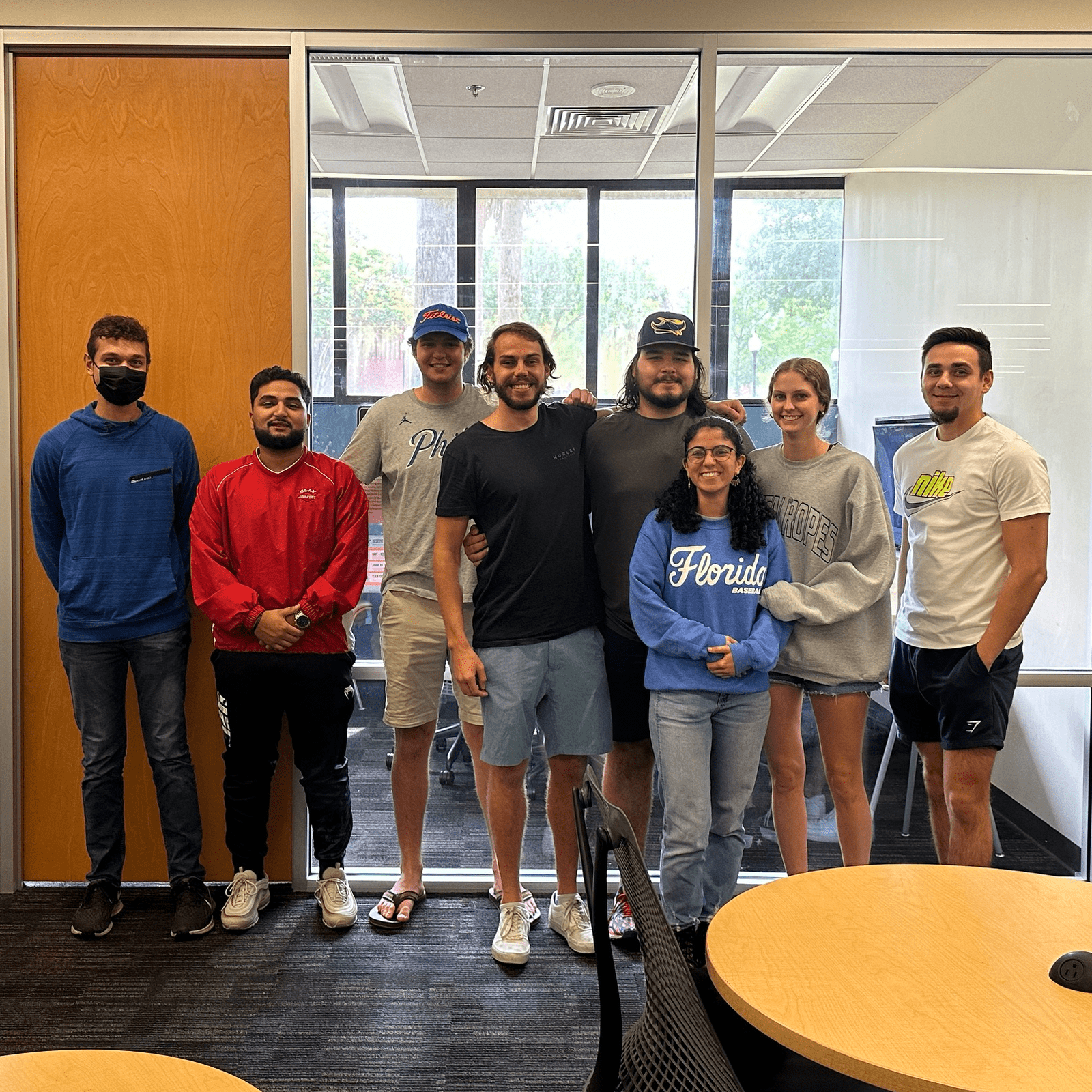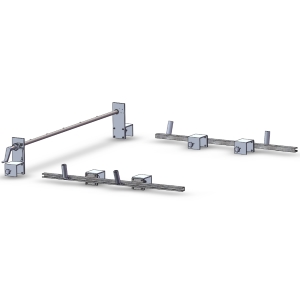Team Members

Uzair Alvi, Tyler Gray, Nicholas Schrott, Caroline Carter, Eduardo Manso, Nicholas Taormina, Yara Chehade, Ethan Ott
Abstract

The goal of this design project was to create or innovate a product or process that can effectively conceal the vehicles used by the US Army while they reside in a location for an extended period of time. The current method involves manually connecting up to four individual pieces of Ultra-Lightweight Camouflage Net System (ULCAN), folding the connected assembly of ULCANs, placing it on top of the cabin of the vehicle, and manually unfolding the netting, draping it over the vehicle. Staking poles are then used not only to hold the net in place over the truck, but also to distort the symmetric image of the vehicle and further improve concealment. Our team’s objectives were to simplify this process by making it more modular, while maintaining reliability and reaching the standards of concealment set forth by the Camouflage, Concealment, and Decoys (CCD) document provided to us by the Army. To accomplish our goals, the team insisted on designing a product that can make the job less laborious for the soldiers during deployment and retraction of the camouflage while improving on consistency and the time it takes to complete concealment of the vehicle. Our finalized design consists of a roller that’s attached to the frame of the truck bed via tightening clamps. The roller has a gear and pawl connected to a spring, functioning as a stopper that doesn’t allow the roller to rotate backwards unless intended to. The rail system consists of the rail itself, and the sliders that have a cupholder where the poles are placed. This design can be improved by designing the mounting brackets in such a way that the system can be mounted on any part of the truck, not just on the truck bed frame.
Pitch Video
3D Interactive Product Model
The following is an interactive 3D model of the product design. You can view and rotate the product assembly in different orientations and views, including an exploded view to see the various parts that make up the assembly.